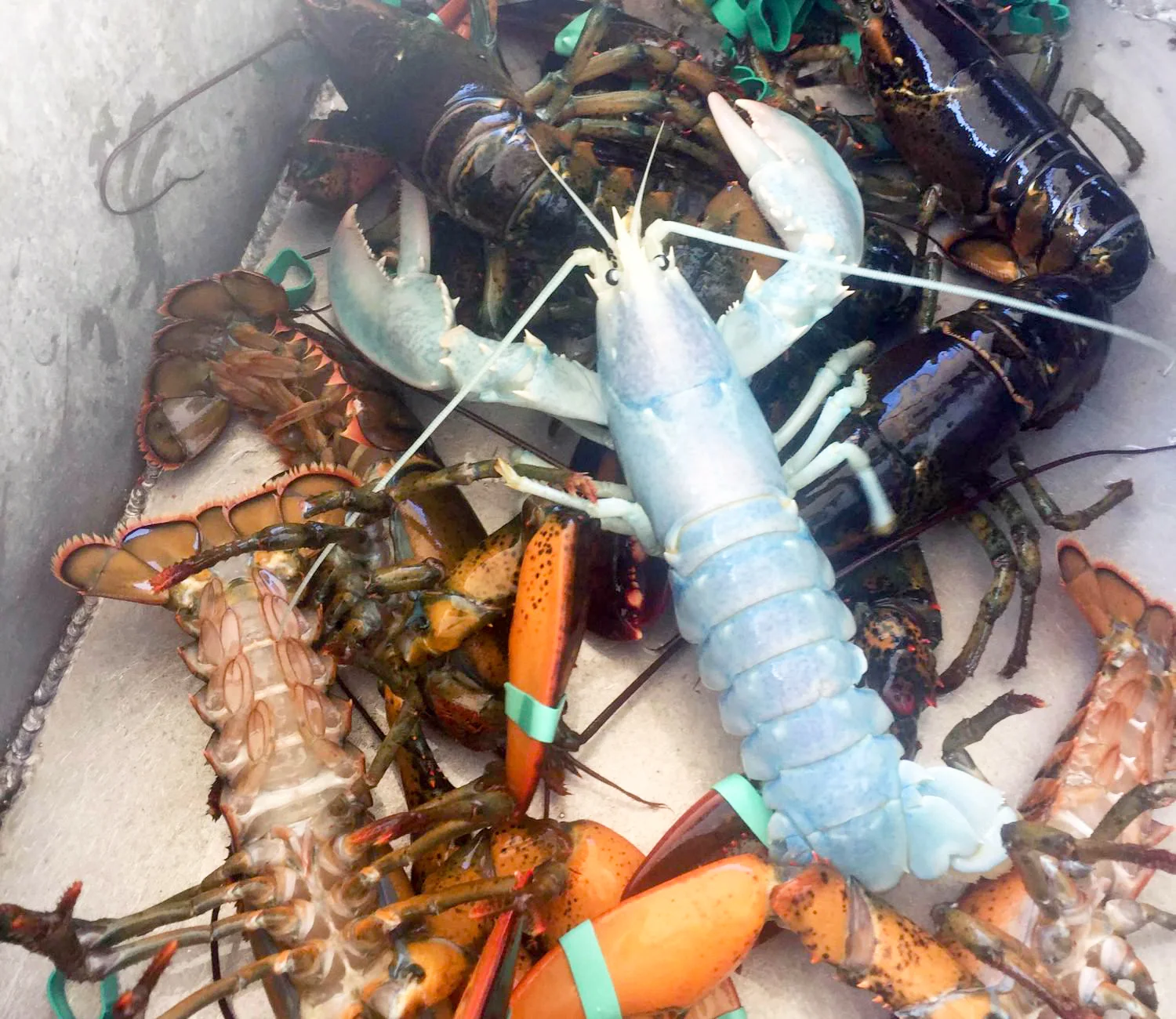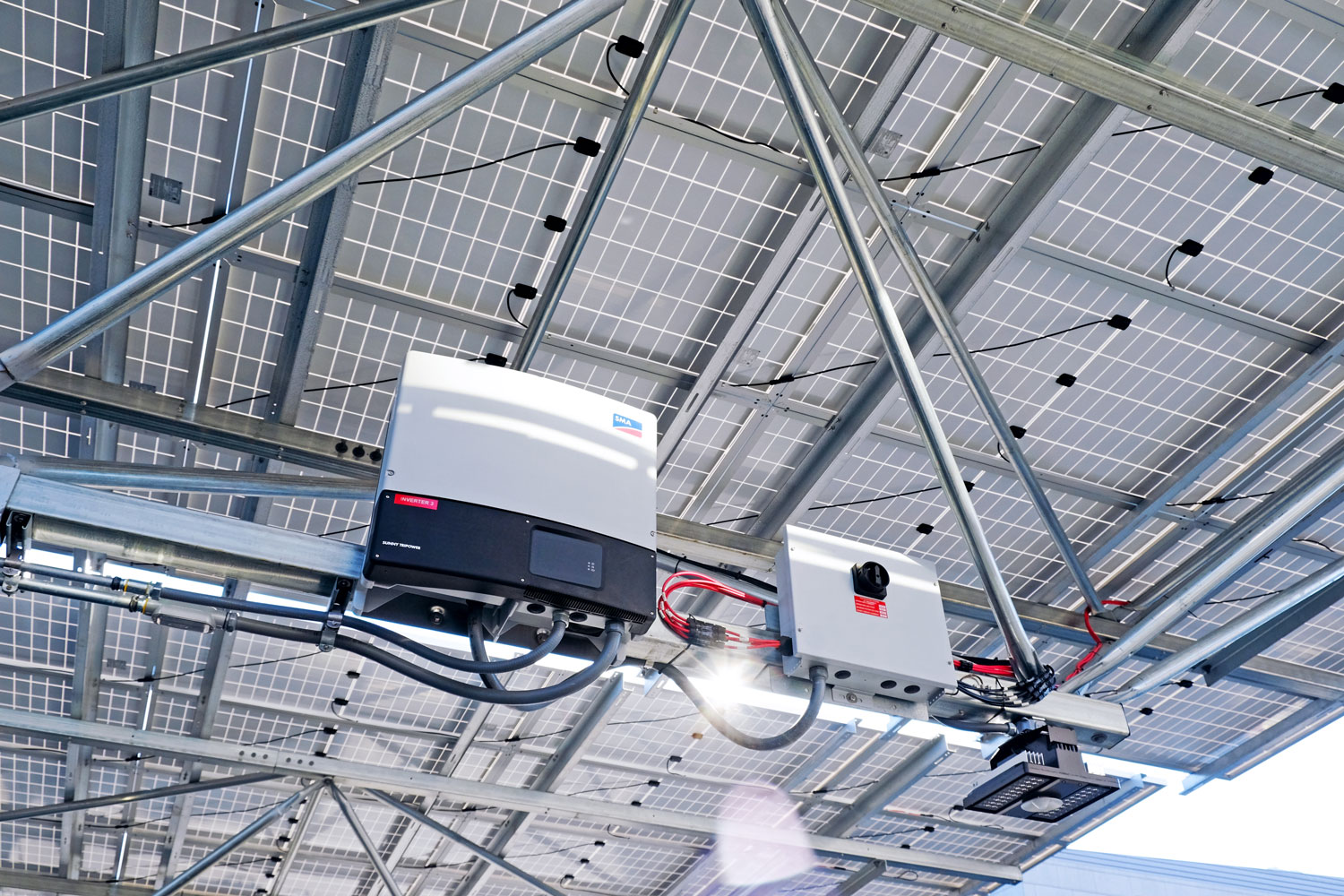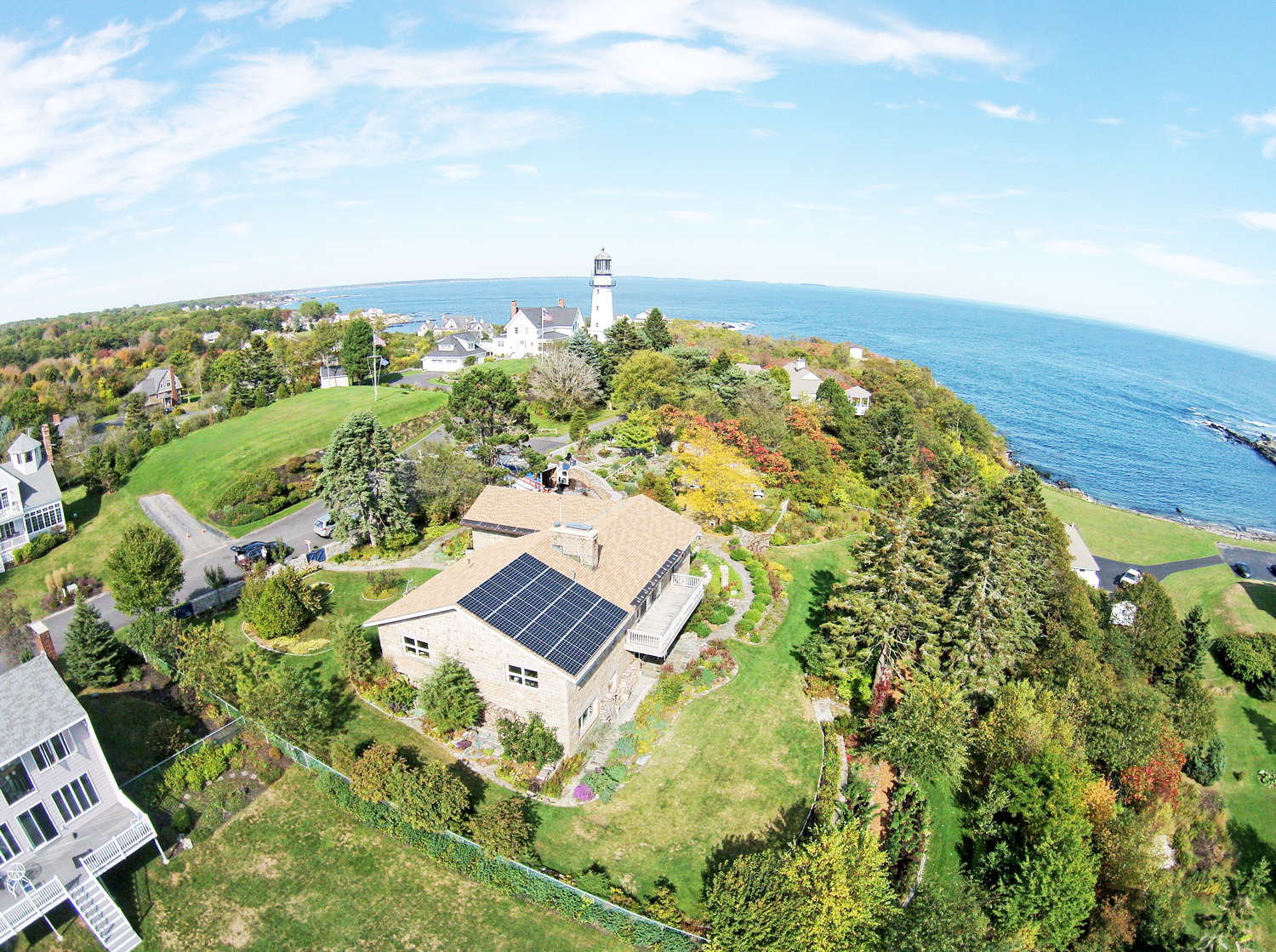Loretta and the Fishmonger
When I first moved to Portland, Maine in January 2014, I found part-time work on the Maine Wharf with the fishmonger George Parr and Upstream Trucking. George and his crew are a small outfit that deliver seafood to around a dozen of the most prestigious restaurants in town. Down on the waterfront, the spoils went to Loretta, a blind harbor seal, or sea dog, who always found her way back to our wharf for snacks.
Graceful and patient, Loretta would always find her snack before it drifted down too far. Usually George, his son Jimmy, the mountain Josh, or the butcher Niles would save leftovers of Arctic char for her - first hollering to get her attention, then flinging the fish rack to the water.
I grew up in the mountains down south, and the whole experience of working on the wharf with salty, hilarious characters, and delivering to bustling kitchens during winter in a hardscrabble old city like Portland was a vivid time. Loretta was a fascinating addition - she made everything special, and completes the memory in my mind's eye.
Too broke to buy a real camera, I photographed her with my iPhone 4. She was both a regular fixture, and a disappearing act, at times. We'd wonder how she'd go anywhere with purpose, lacking sight, and then make it back. She did, though, for several years.
I started working with ReVision Energy by February 2015, and haven't visited the crew much since. I heard she'd disappeared again for a long time, presumably forever.
Around that time I made friends with Kazeem Lawal, proprietor of Portland Trading Co., and I would stop by his store to enjoy his music taste and ever-changing selection of impeccable wares. I couldn't afford much in his store at the time, but Kazeem never minds visitors. He enjoys conversation, and one day was telling me about his idea to create a documentary series of Portland's "unsung" citizens.
I was quick to share my knowledge of George and Loretta. The story of an authentic fishmonger on the Portland waterfront who had a loyal, blind sea dog captivated Kazeem, so I said I'd make the necessary introductions (he didn't mind - he's been interviewed before).
I still visit with Kazeem from time to time, but never caught up with him about how the project went. He's busier than ever with his store, and travels regularly to seek new and different wares, but it turns out, the project got made - the first chapter, at least. Working with filmmaker Sam Brosnan, Kazeem interviewed George not long after I suggested his story, and the video they produced is very good - though Loretta isn't featured.
When I get home, I want to talk to Kazeem about his project again, to see if he wants to do more, and maybe take on another cook in the kitchen.
As for George, I should visit him too. His partner Dana Street (restaurant dynamo of Portland), has finally opened Scales. It's on the same wharf as Upstream and Bangs Island Mussels, where Three Sons Fishing used to be, and there may even be an Upstream retail space now. I'm still grateful for the all the fish guts, scallop sorting, and sub-zero boat work that keep me gainfully employed on the Maine Wharf when I was starting out in town.
Working on that wharf shaped my experience in Portland in ways I still notice, though my life has evolved beyond the circumstances of the 2014.
Long live Loretta!














